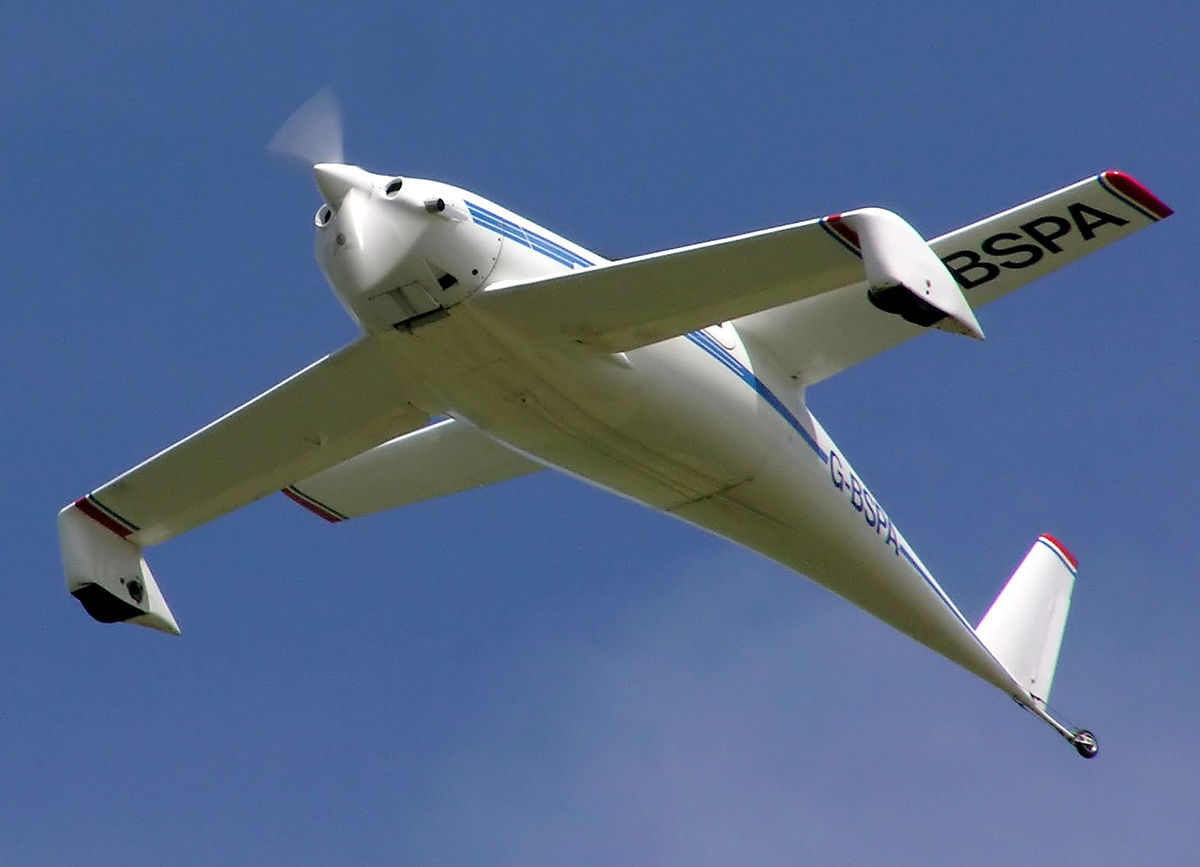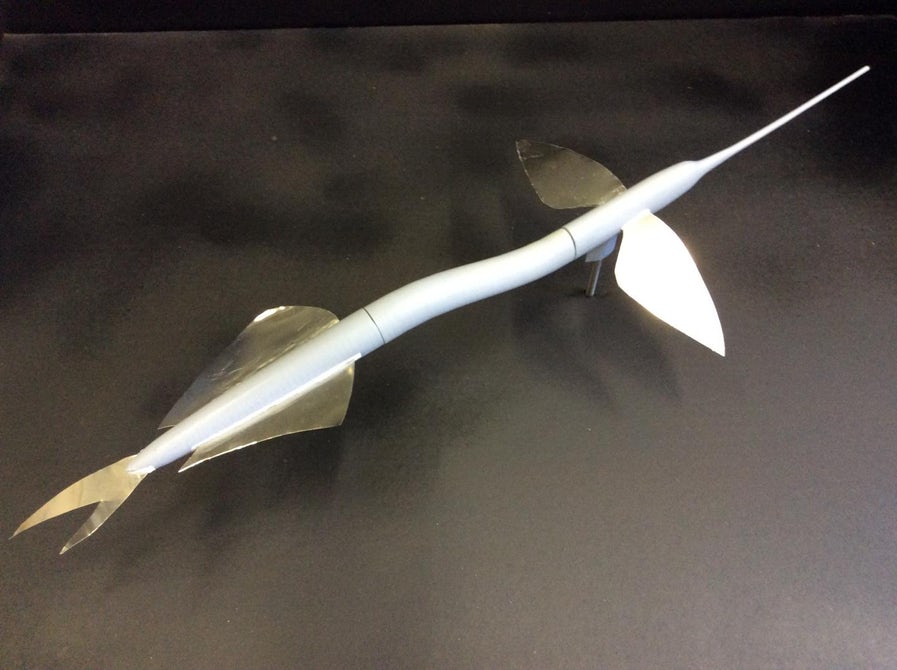Japanese researchers have 3D printed a flying fish model to improve the design of tandem airplanes. The ribbon halfbeak flying fish has been analyzed by Dr Yoshinobu Inada’s team at Tokai University in Tokyo for its unique aerodynamics.
Tandem aircraft, which are planes with two sets of wings rather than one, are often hindered by excess downwash. This is the air that is produced by the wings due to lift, however it seems the flying fish is able to eliminate the negative impact of this force. Dr Yoshinobu Inada explains,
Investigating the design of ribbon halfbeak could provide useful information for the optimal design of tandem wing airplanes.

What’s special about the ribbon halfbeak’s flight
The ribbon halfbeak is unlike other flying fish according to Dr Inada, since
Other flying fish, including the Japanese flying fish, have large pectoral fins that act as wings during flight and large pelvic fins that are used as horizontal tail wings, like those on airplanes however, the ribbon halfbeak lacks these large pelvic tail wings.
The ribbon halfbeak does not have rear tail fins that act like wings in the air and so “they solve this problem by rotating their rear body by 90 degrees and use their wide dorsal and anal fins as a horizontal tail wing.” The dorsal and anal fins are located on top and underneath the ribbon halfbeak’s body and so the fish needs to twist its lower body to turn the fins into a tandem wing.

Reducing downwash
Having 3D printed the fish model, the team subjected the design to wind tunnel testing and found the true nature of the aquatic animal’s aerodynamics. Little was known about the ribbon halfbeak’s method of flight until this study. However, Dr. Inada’s team has now revealed the ribbon halfbeak’s fishy behavior also includes lifting the rear fins above its pectoral fins to reduce weight of downwash.
Dr. Inada explains the significance of the findings,
Other related fish species are also able to jump and fly over the sea surface, but only halfbeak twist their bodies for flight, this is a really unique behaviour.
This is not the first time 3D printing has been used to unlock secrets into animal biology. Researchers in the U.S discovered what gave dogs their superior sense of smell by 3D printing a lifelike model. While BAE Systems 3D printed falcon feathers to explore new technologies for aircraft.
For all the latest 3D printing news, subscribe to the most widely read newsletter in the 3D printing industry, follow us on twitter and like us on Facebook.
Featured image shows the flying ribbon halfbeak. Photo via Mr. Itaru Takaku.



